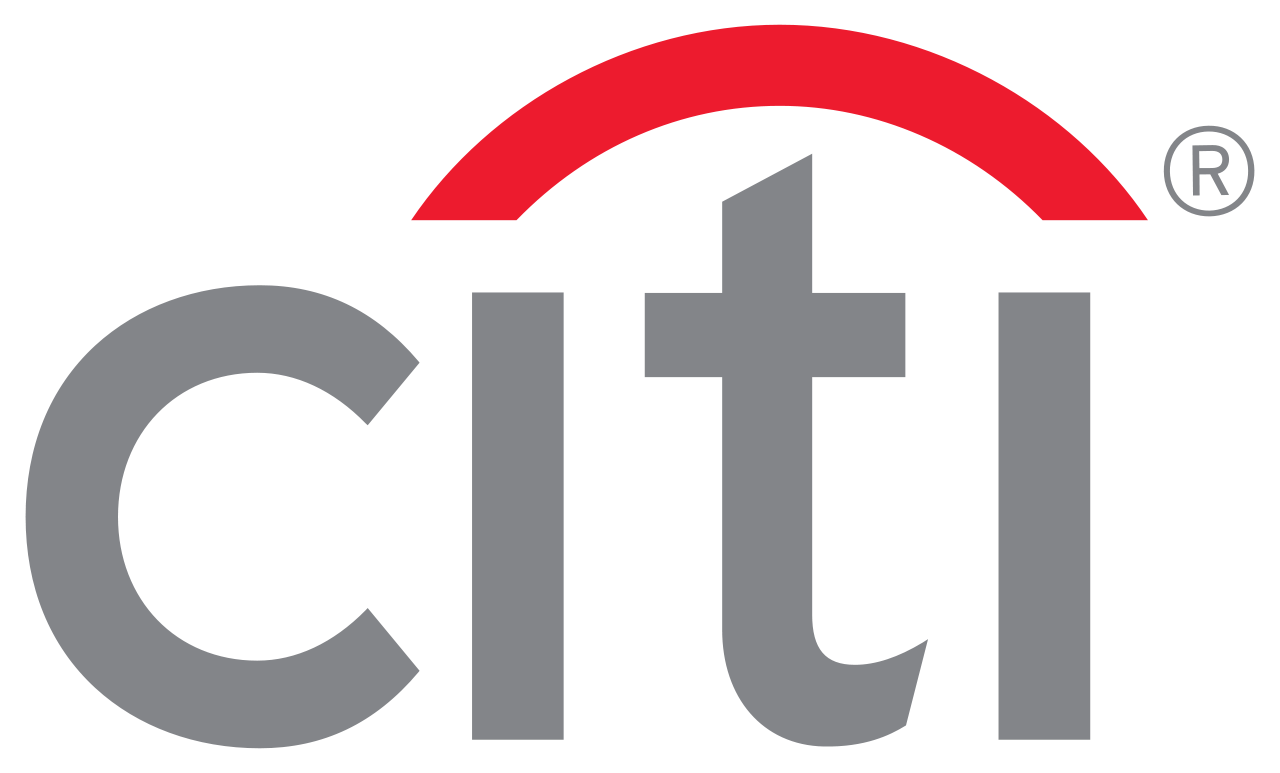Cutting through onboarding
15.04.2021Company: PricewaterhouseCoopers Česká republika, s.r.o.
Changing customer expectations, technological innovation and evolving regulatory requirements are just some of the lenses through which financial institutions need to consider their approach to customer onboarding/periodic review processes. Additionally, a level of process excellence needs to be achieved to remain competitive and contain operating costs under control. The main cost drivers for anti-money laundering (AML) compliance are labour costs, in particular labour efforts spent on customer onboarding and Know-Your-Customer (“KYC”) activities. Financial regulators continue active supervision of financial institutions and, during the first half of 2020, fines of over USD$5,6 billion have been handed out for AML and sanctions failings[1].
Recent developments
Financial services have not remained immune from technological innovations. Internet banking has served as an access platform for many years, but it was only in the last few years that digital (and digital only) banks have emerged. This has led to new technology developments related to customer onboarding and thus poses a threat to incumbent organisations, which are unable to offer the same ease and convenience in the new customer onboarding process. This became an even more prominent differentiator during the global pandemic. Many organisations have initiated projects to enable remote customer onboarding; however, it has been our experience that this was frequently done in isolation from existing processes thus resulting in control gaps, manual efforts and reduced customer satisfaction.
Financial institutions also need to be aware of external developments and what data points can be obtained from reliable and trusted databases. A recent development driven by policy makers across Europe is the requirement to set up ultimate beneficial ownership registers in each European Union member country (introduced through the 5th EU AML Directive). This provides financial institutions with a chance to leverage government-held data in their customer onboarding activities and thus avoid having to request it from the customer. Commercial banks or banking associations are also closely looking at a more centralised approach to KYC data including developing national or regional KYC utilities (e.g. in Scandinavia).
Given the complexities of onboarding – third-party data collection, customer interactions, screening and risk-rating activities, document collection and storage, internal risk analysis, to name a few - dedicated technology tools and platforms have emerged to replace manual processes that in many organisations often still continue to support these activities.
Benefits of a technology-driven customer onboarding approach
There are many benefits financial institutions can earn from a holistic, technology-enabled end-to-end process approach.
- Reducing manual efforts – Considering the latest technology tools focused on process streamlining, automation and digitalisation, organisations can save considerable efforts by automating repetitive manual activities. We find that up to 80% of a KYC analyst’s time can be spent on data and document collection. This limits available time for risk analysis and client review, where human input adds value.
- Cost efficiencies – This is closely connected with manual-effort reductions. As effort related to repetitive manual activities is saved, resource focus can be redirected to other value-add activities, or removed.
- Standardised control execution – Leveraging a workflow solution across the end-to-end process will result in reduced manual handovers (including emails), and quicker activity handover and completion. Further improvements include standardised control execution with data-driven automated consistency rules supporting data consistency and a reduction in the number of errors from manual activities and re-work.
- Enhanced customer experience – Leveraging technology for faster processing times will result in a positive first-customer impression and an overall increase in customer satisfaction. Digitally captured, structured data which is ready for further data analytical use can enhance the organisation’s sales and marketing efforts.
Conclusion
Financial institutions have not only a lot to gain from digitising their onboarding activities, but could potentially lose out if they decide not to act and keep things as they are today.
At PwC, we support clients during various stages of their onboarding digitalisation initiatives, from vendor selection to technology integration and customisation. By leveraging our industry expertise, regulatory knowledge and technology capabilities, we support clients to understand and navigate the customer onboarding process innovations, no matter how big or small.
Our clients' recent success stories
Frequently, clients turn to PwC for help to enhance the effectiveness of their onboarding processes, to help them digitise their internal processes, or to help them define their remote customer onboarding proposition. Here are two recent examples of client success stories
- A bank in Germany was looking to streamline its end-to-end onboarding process, so it turned to PwC for support to digitise its onboarding processes. Activities included a review of the end-to-end process, technology deployment of a client lifecycle management platform, platform tailoring and set-up, advice on regulatory requirements, guidance on better market practices, assessment of third party data inputs, to name the key focus areas. The client benefited from the considerable reduction in manual efforts, process automation, control enhancements and holistic process oversight.
- A large private bank asked PwC for support to help it consolidate its fragmented onboarding process. PwC helped the client review its current processes in light of business needs, client expectations and latest regulatory requirements. This resulted in PwC designing and developing a new client onboarding application with considerations for customer experience, an automated and guided process simplifying the bank staff’s work, everything was integrated with the bank’s existing key systems, and it met various regulatory requirements (AML, FATCA, MiFID). The client benefited from enhanced process oversight, increased automation, reduced onboarding time, a drop in internal re-work leading to effort and cost savings.
Contact ou Financial crime team!

]https://www.fenergo.com/press-releases/aml-kyc-and-sanctions-fines-for-global-financial-institutions-reach-5-6-billion-mid-year/
Tags: Finance | Human Resources | IT |







